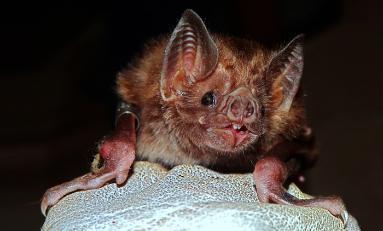New research on cross-species transmission of infectious disease
Published: 11 November 2020
Scientists pinpoint possible reasons for successful cross-species viral spread

Infectious disease emergence is often the result of a pathogen entering a new host species, as highlighted by COVID-19. However, most cross-species transmissions fail to establish in the newly- infected species.
In a new study – led by a team of researchers at the University of Glasgow and published in PNAS – scientists found disease progression was accelerated, which reduced the chances of onwards transmission, when the original host and the new host were physiologically or genetically more dissimilar.
For diseases to emerge, pathogens not only need to infect a novel host, but also be subsequently transmitted from one individual to another – a critical step. Why some pathogens succeed at this point while others fail is not well understood.
In this study, the researchers analysed hundreds of published infection experiments involving the transfer of rabies virus – a dangerous pathogen able to infect and cause death in all mammals – from one host species to another.
The study found that rabies virus strains originating in bats – and those transferred from species with warmer body temperatures to those with a cooler body temperature – tended to kill the first infected host too fast for successful onward transmission. The same was true as the genetic distance between the original and infected host species increased.
Dr Roman Biek, Reader at the Institute of Biodiversity, Animal Health and Comparative Medicine, said:“Our work shows how careful analysis of previous infection experiments can pinpoint small changes in the interaction between pathogen and host that may either help or hinder disease emergence, including emergence of new human infectious diseases.”
First published: 11 November 2020
<< News

